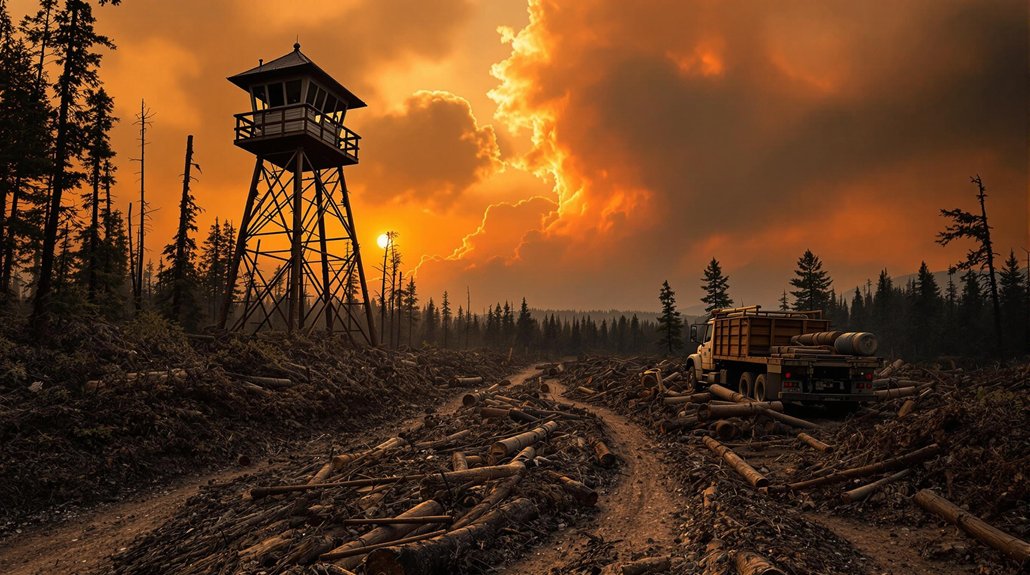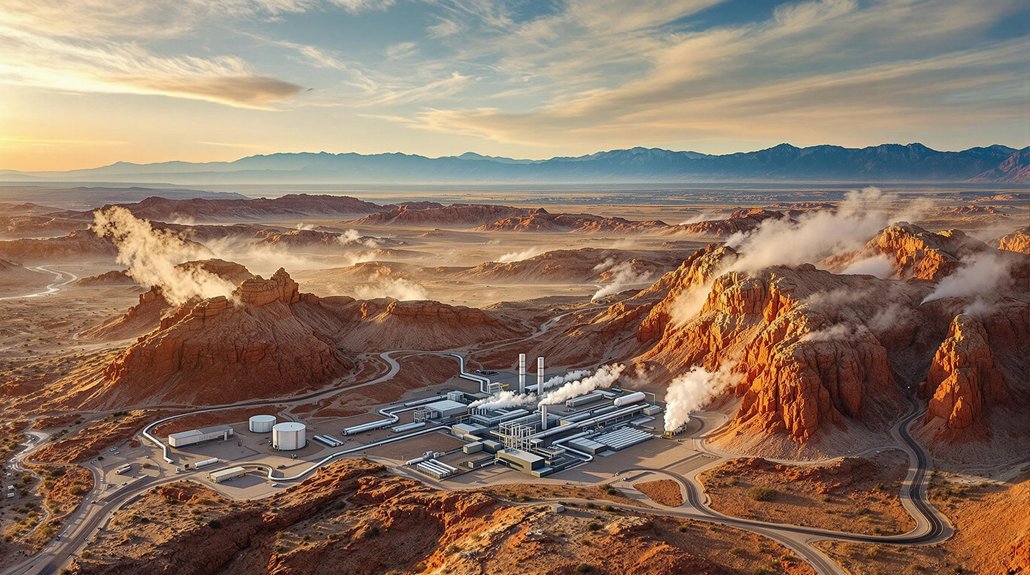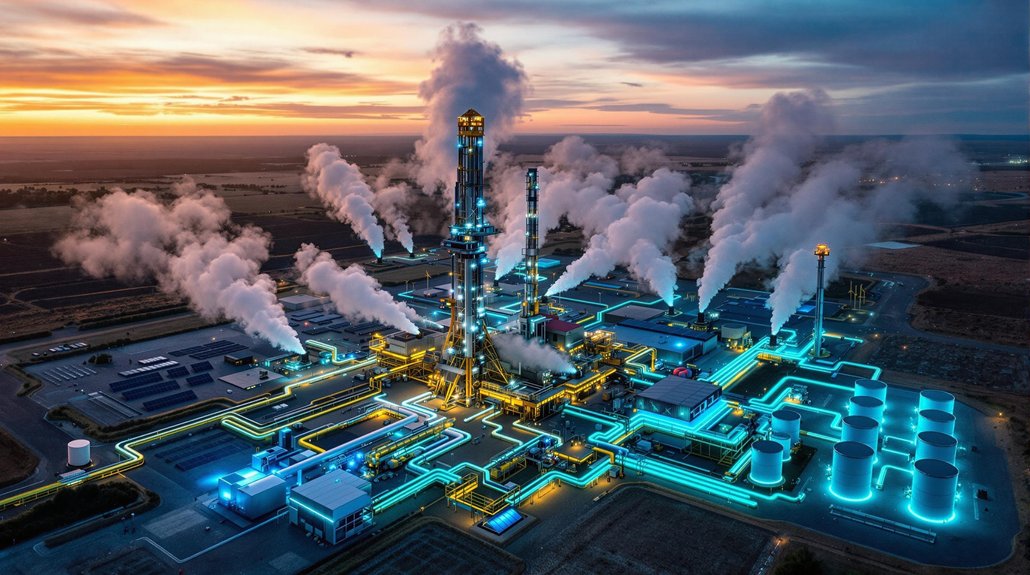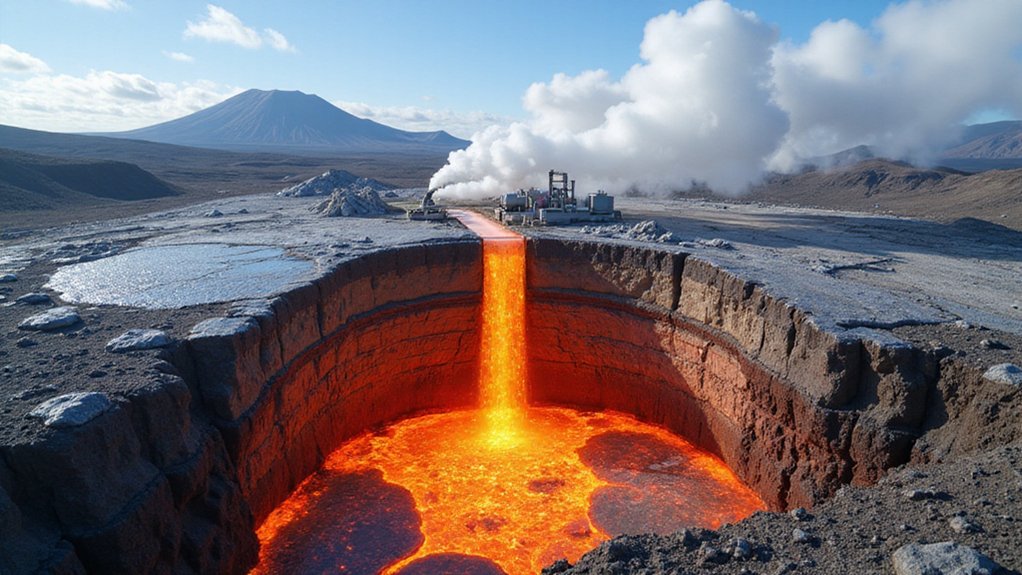Brooklyn’s newest buildings are tapping into Earth’s natural heat. Two major structures now use geothermal systems that access stable underground temperatures year-round. The Riverie in Greenpoint and a Bushwick hotel utilize deep boreholes and ground-source heat pumps for efficient climate control. These systems cut carbon emissions and lower utility costs considerably. The technology aligns with New York City’s environmental goals and demonstrates how urban developments can embrace renewable energy solutions.
Why are more Brooklyn buildings going underground for their heating and cooling needs? The answer lies beneath our feet, where temperatures remain a stable 50-60°F year-round. This natural resource is powering a quiet transformation in how Brooklyn’s newest buildings manage their climate control.
Two massive developments are leading this change. The Riverie in Greenpoint, with 834 residential units, now relies completely on geothermal energy for heating and cooling. Not far away, 1 Java Street has installed an impressive 321 boreholes reaching nearly 500 feet deep, with over 326,000 feet of plastic pipes carrying heat-transferring liquid.
These aren’t isolated examples. A new 10-story hotel in Bushwick uses 60 geothermal boreholes, while 1515 Surf Avenue in Coney Island has eliminated gas equipment entirely, housing 463 units powered by ground-source heat.
Geothermal systems work by tapping into the earth’s constant temperature. In winter, they extract heat from the ground to warm buildings. In summer, they reverse the process, sending indoor heat underground. The systems use ground-source heat pumps connected to liquid-filled pipes installed in deep boreholes.
“It’s like having a giant battery under your building,” explains one project engineer. “The earth stores and provides energy depending on what you need.”
Though installation costs are high, new incentives from the Inflation Reduction Act are making geothermal more affordable. The systems greatly reduce carbon emissions and lower utility bills over time. These buildings are tapping into a renewable energy source that’s continuously replenished through radioactive decay in the Earth’s core.
Technical challenges exist, especially in Brooklyn’s dense urban environment. Drilling deep boreholes requires space and expertise. Retrofitting older buildings presents additional complications. These challenges are compounded by small lot sizes typical in New York City.
Despite these hurdles, geothermal adoption is growing. The systems help buildings meet New York City’s Local Law 97 carbon standards and support the city’s climate goals.
As more developers discover the benefits of going underground for energy, Brooklyn’s skyline continues to grow while its carbon footprint shrinks – a transformation that’s changing the borough from below.








